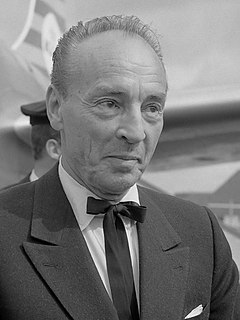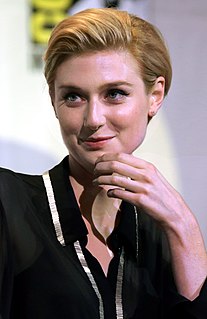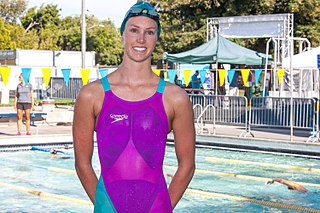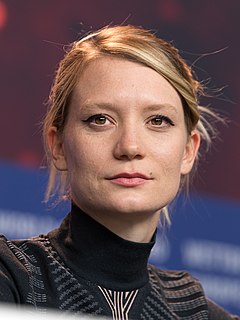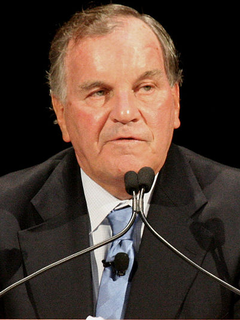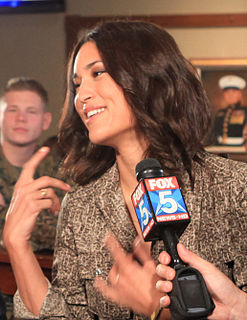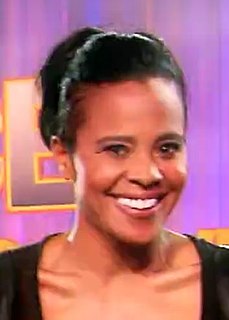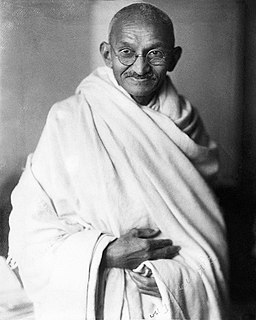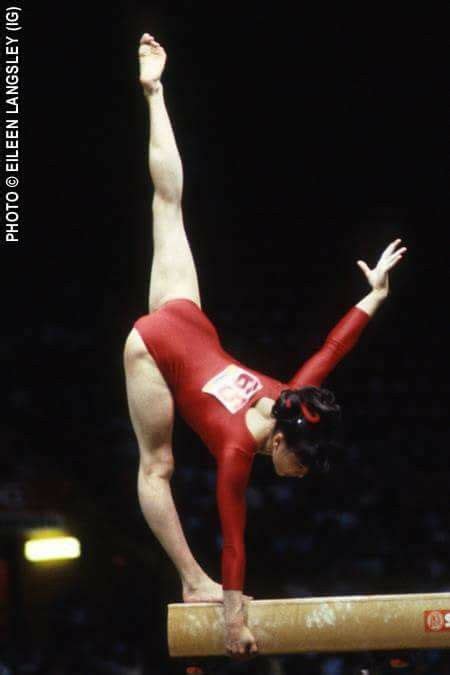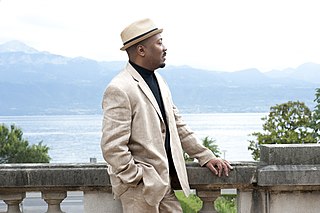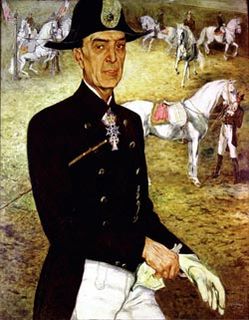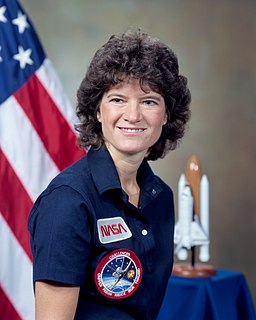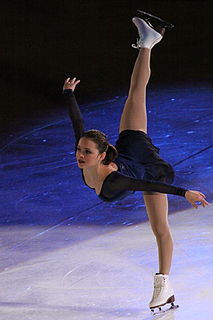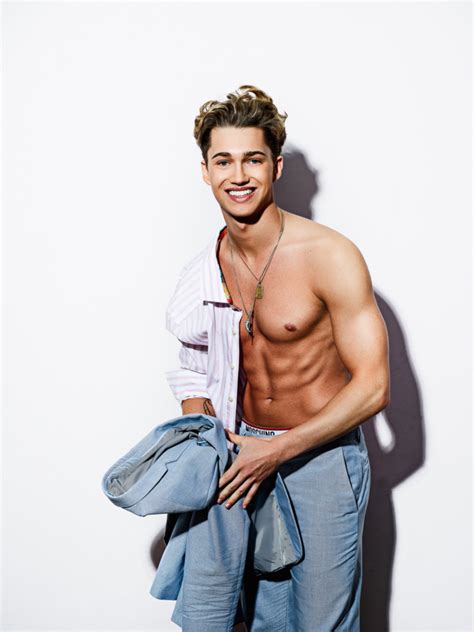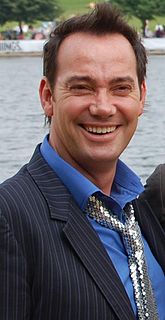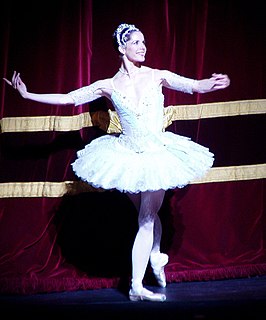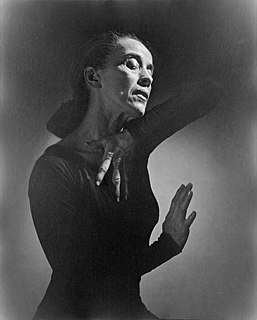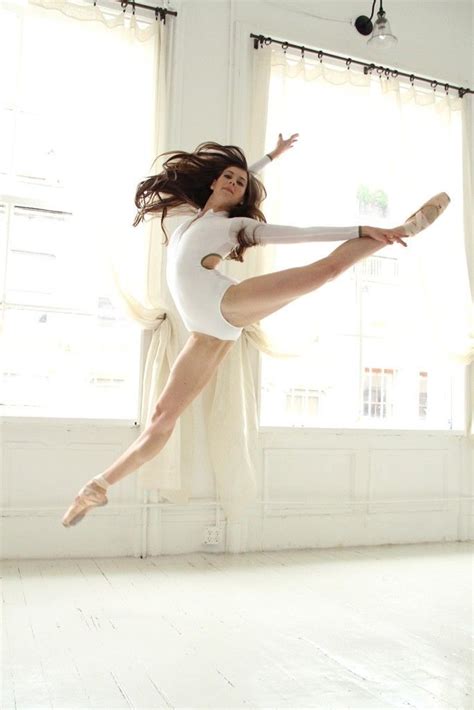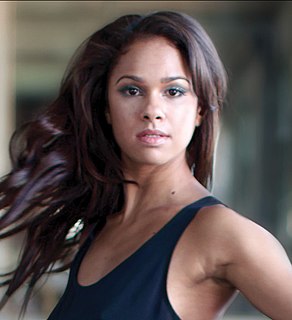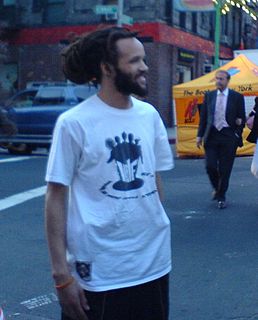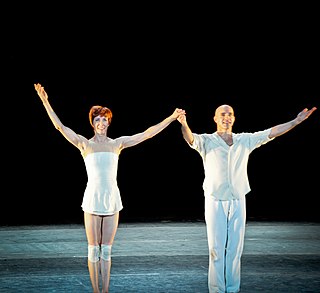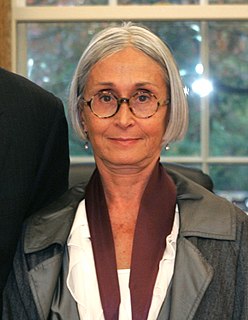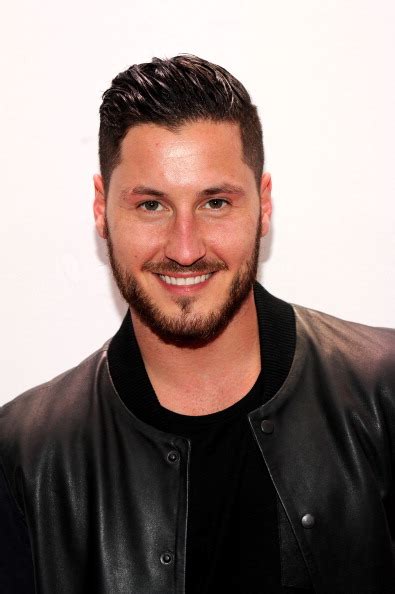A Quote by George Balanchine
Ballet dancing is arduous, strenuous activity. Students are engaged in physical training that rivals the training Olympic athletes undergo. At the same time, they strive for physical perfection not for the prowess alone but as a way of achieving the means necessary to express the pure nature of their art.
Related Quotes
I horse ride. I find it is the best way to maintain my fitness and stay physical. I have to practise anyway for my equestrian front. I do dressage and schooling too. I also do physical training where I work on my neck and upper body strength. Racing is a high endurance sport and you are in the car for a long time so this area is crucial.
Just as experience dictates to the ballet teacher the length of time necessary to train his students, so the horse, too, needs time to mature into a great four legged dancer. This fact cannot be obliterated by seeming successes that supposedly prove the opposite. For, even if someone should succeed in training a horse to high school level by the age of eight, this individual occurrence cannot shake the foundations of the classical art of riding, if this dressage horse is completely unsound and unusable by the age of ten.
It was hard to become an astronaut. Not anywhere near as much physical training as people imagine, but a lot of mental training, a lot of learning. You have to learn everything there is to know about the Space Shuttle and everything you are going to be doing, and everything you need to know if something goes wrong, and then once you have learned it all, you have to practice, practice, practice, practice, practice, practice, practice until everything is second nature, so it's a very, very difficult training, and it takes years.
